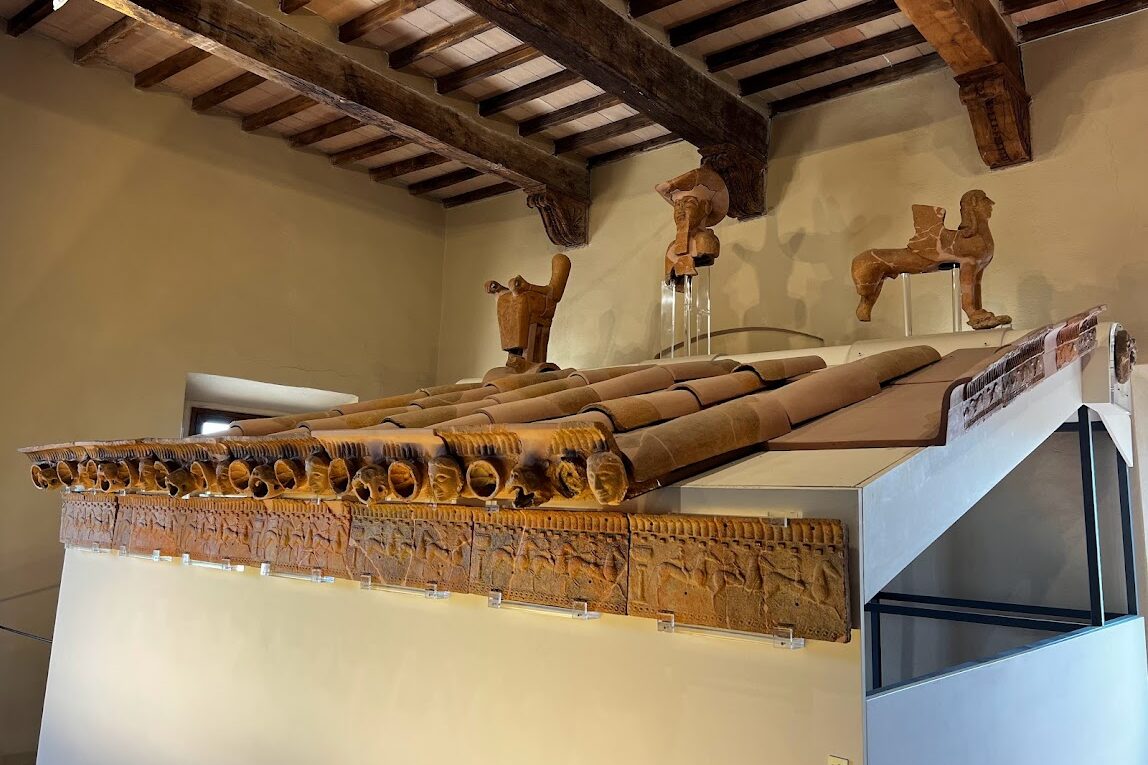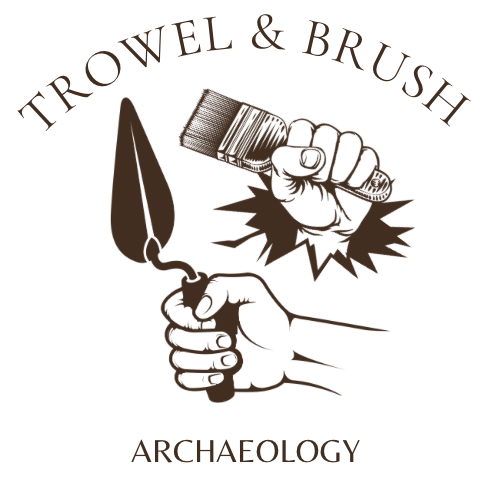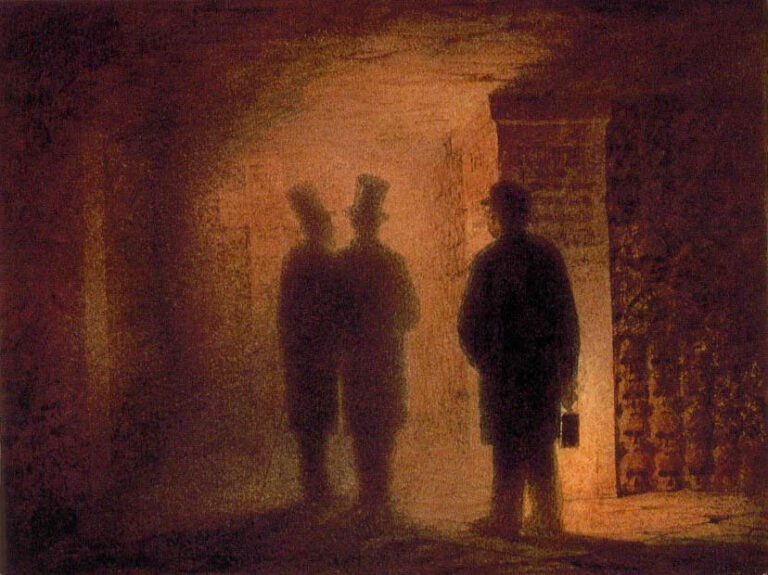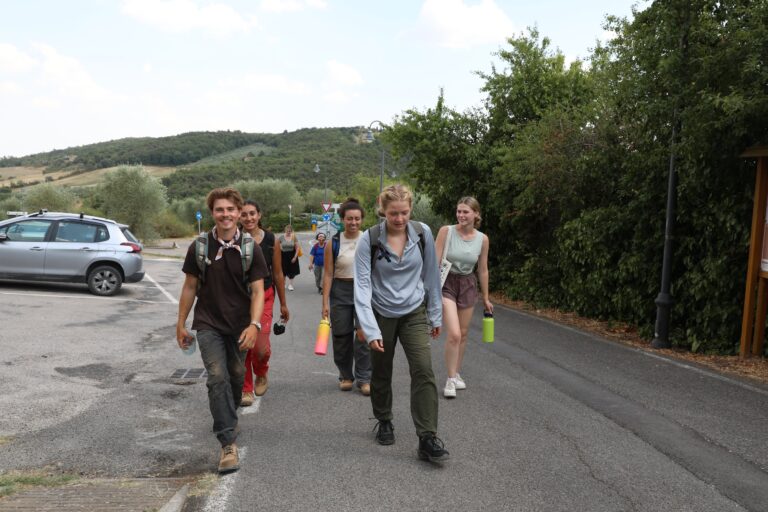Travel To Amazing Archaeological Sites
.Are you ready to embark on an incredible journey through time and discover the mysteries of ancient civilizations?
Traveling to archaeological places is an enriching and awe-inspiring experience that allows us to connect with our historical roots.
In this article, I’ll guide you through the process of planning and executing a memorable trip to archaeological sites, sharing tips and tricks along the way. So, let’s dust off our explorer hats and get right into it.
Follow this acronym to ensure the best trip possible:
- R.P.R
Research, plan, and respect the historical significance and local customs.

- Researching Archaeological Sites:
Before setting off on your expedition, it’s essential to do some research.
Start by identifying the archaeological sites that pique your interest. Look for information on their historical significance, cultural context, and accessibility.
Popular options include Machu Picchu, Angkor Wat, Pompeii, Petra, and countless others.
Online resources, the site’s website, and documentaries are excellent sources to gather valuable insights.
- Planning and Preparation:
Once you’ve selected your desired archaeological destinations, it’s time to plan your trip. Consider the following:
a) Timing: Find out the best time of the year to visit each site. Some places may have peak tourist seasons or weather conditions that affect accessibility. Plan accordingly to make the most of your experience.
b) Logistics: Research transportation options, including flights, trains, buses, and local transportation at your destination. Ensure that you have a clear understanding of how to reach the archaeological site once you arrive.
Pro Tip: Do the best you can. If you need help or get lost, ask a local.
Accommodation: Look for accommodations in proximity to the archaeological site or within the nearest town. This will save you commuting time and allow for more immersive experiences.
Pro Tip: I recommend booking your hotels, train tickets, and entrance tickets online. They are typically cheaper and let you check availability beforehand. I used:
- https://www.booking.com/ for Hotels
- https://www.tiqets.com/en/ for tickets to museums or famous sites
- GetYourGuide. for tickets and tours
- Airbnb.co for cool places to stay

d) Permits and Tickets: Check if any permits or tickets are required to access the archaeological site. Some sites have limited entry, so it’s advisable to book in advance to secure your spot.
- Guided Tours and Local Experts:
Consider joining a guided tour or hiring a local expert to enhance your archaeological adventure. Local guides provide valuable insights into the history, architecture, and cultural significance of the site. Their expertise can make your visit more informative and engaging. They may know something about the site that you don’t!
- Packing Essentials:
When traveling to archaeological sites, there are a few essentials you shouldn’t forget:
a) Comfortable Clothing and Footwear: Dress in layers, depending on the climate and season. Wear sturdy and comfortable shoes suitable for walking long distances and exploring uneven terrains.
b) Sun Protection: Shield yourself from the sun’s rays by wearing a hat, sunglasses, and sunscreen. Carry a refillable water bottle to stay hydrated throughout your expedition.
c) Camera and Binoculars: Capture the beauty of ancient ruins and archaeological wonders with a good camera. Binoculars can also come in handy for observing intricate details from a distance.
d) Travel Documents: Carry your passport, identification, and any necessary permits or tickets in a secure, easily accessible place.
Pro Tip: Be sure to carry your passport and identification with you.
- Respecting the Site and Local Culture:
When visiting archaeological sites, it’s important to be respectful and mindful of the historical significance and local customs:
a) Observe Regulations: Follow the rules and guidelines set by the site management. These regulations are in place to preserve the integrity of the archaeological treasures and ensure the safety of visitors.
b) Leave No Trace: Help in preserving the site by not littering and avoiding any damage to structures or artifacts. Take only photographs and memories, leaving the site as you found it.
c) Cultural Sensitivity: Respect the local customs and traditions surrounding the archaeological site. Learn basic phrases in the local language, and be considerate of the local community and their way of life.
- Immersive Experiences:
To fully immerse yourself in the archaeological journey, consider additional experiences:
a) Museums and Interpretive Centers: Visit nearby museums or interpretive centers to deepen your understanding of the site’s history and artifacts. These places often showcase valuable relics and provide interactive exhibits.

b) Workshops and Archaeological Excavations: Some archaeological sites offer workshops or allow visitors to participate in excavations. Engaging in these activities can provide a unique hands-on experience and a deeper connection with the site. Make sure to check this out before you go if this is something you really want to do.
Traveling to archaeological places is a captivating and educational adventure that takes us back in time.
By researching, planning, and respecting the sites and local cultures, we can make the most of our archaeological explorations.
Remember to immerse yourself in history, embrace the magic of discovery, and create memories that will last a lifetime. Happy travels!
If you would like to learn more about what an archaeological site is, check out our other article on the topic here: https://trowelandbrush.com/what-is-an-archaeological-site/




